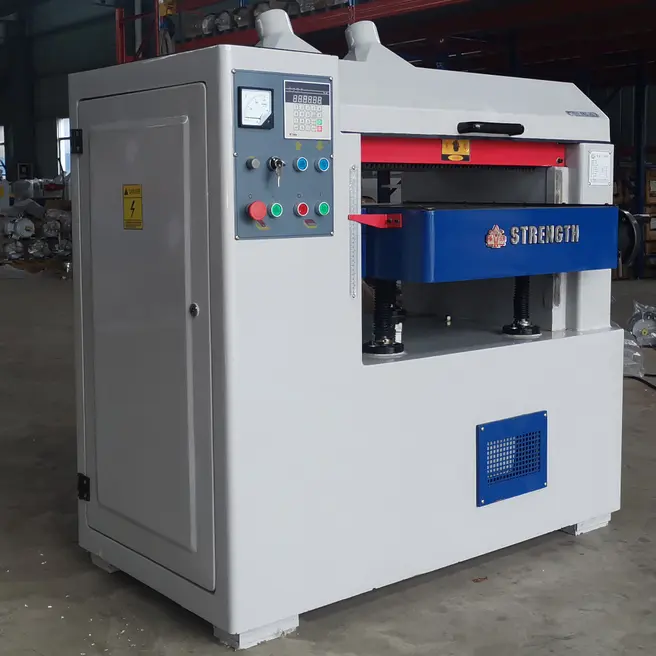Planing is an essential woodworking skill that allows the craftsman to create a smooth, flat surface on a piece of wood. However, it is important to prioritize safety when performing this activity to prevent potential injuries. In this article, we will discuss basic wood planing safety measures and guidelines to ensure a safe and injury-free woodworking experience.
Personal Protective Equipment (PPE)
Wearing appropriate personal protective equipment is the first step to ensuring safe wood planing. These include goggles to protect your eyes from wood chips and splinters, dust masks to prevent inhalation of wood chips, and ear protection to minimize the noise produced during the planing process. Additionally, wearing well-fitting clothing and avoiding loose accessories can prevent them from getting caught in the planer, thereby reducing the risk of an accident.
Tool inspection and maintenance
Before starting any wood planing task, the planer must be inspected for any damage or defects. Make sure the blade is sharp and secure, and that all safety guards are in place. Regular planer maintenance, including blade sharpening and lubrication, is critical to the safe and efficient operation of your planer. Any signs of wear or failure should be addressed immediately to prevent accidents during use.
Workplace safety
Creating a safe and organized workspace is crucial for wood planing. Clear the area of any clutter, debris, or trip hazards to provide a clear path around the planer. It is also important to maintain proper lighting in the workplace to ensure visibility and reduce the risk of accidents. Additionally, securing the workpiece with a clamp or vise can prevent it from accidentally moving during planing, thereby reducing the chance of injury.
Correct technique and body positioning
Using proper wood planing techniques and maintaining correct body posture are crucial to preventing injury. When using a hand planer, make sure you apply even and consistent pressure to avoid slipping and causing accidental cuts. Maintaining a stable position with your feet shoulder-width apart and a firm grip on the planer will help maintain control and stability during planing.
Concentration
Staying focused when planing wood is essential for safety. Distractions can lead to errors in judgment and increase the risk of an accident. Avoid using the planer when you are tired or under the influence of substances that may impair your judgment. Additionally, taking regular breaks during long planned tasks can help prevent mental fatigue and maintain alertness.
Handling and storage of tools
Proper handling and storage of wood planing tools is crucial to preventing injuries. When not in use, the handheld aircraft should be stored in a safe location, away from the reach of children or unauthorized persons. Additionally, handling sharp blades with care and using a blade guard when transporting or storing them can prevent accidental cuts and injuries.
Training and education
Obtaining proper training and education in wood planing techniques is critical to ensuring safety. Beginners should seek the guidance of an experienced woodworker or take a woodworking class to learn the basics of safely using hand and electric planers. Understanding the principles of wood planing and practicing under supervision can help prevent accidents and injuries caused by inexperience or lack of knowledge.
Emergency preparedness
Despite taking all necessary precautions, accidents can still occur during wood planing. Therefore, it is crucial to have a well-equipped first aid kit in your woodworking area. Additionally, becoming familiar with basic first aid procedures and knowing how to deal with common woodworking injuries such as cuts and splinters can help lessen the impact of an accident.
All in all, safety is the most important thing when it comes to wood planing activities. By adhering to the basic safety measures and guidelines outlined in this article, woodworkers can minimize the risk of injury and create a safe work environment. Remember, safety should always be your top priority when using woodworking tools and equipment.
Post time: Jul-05-2024

